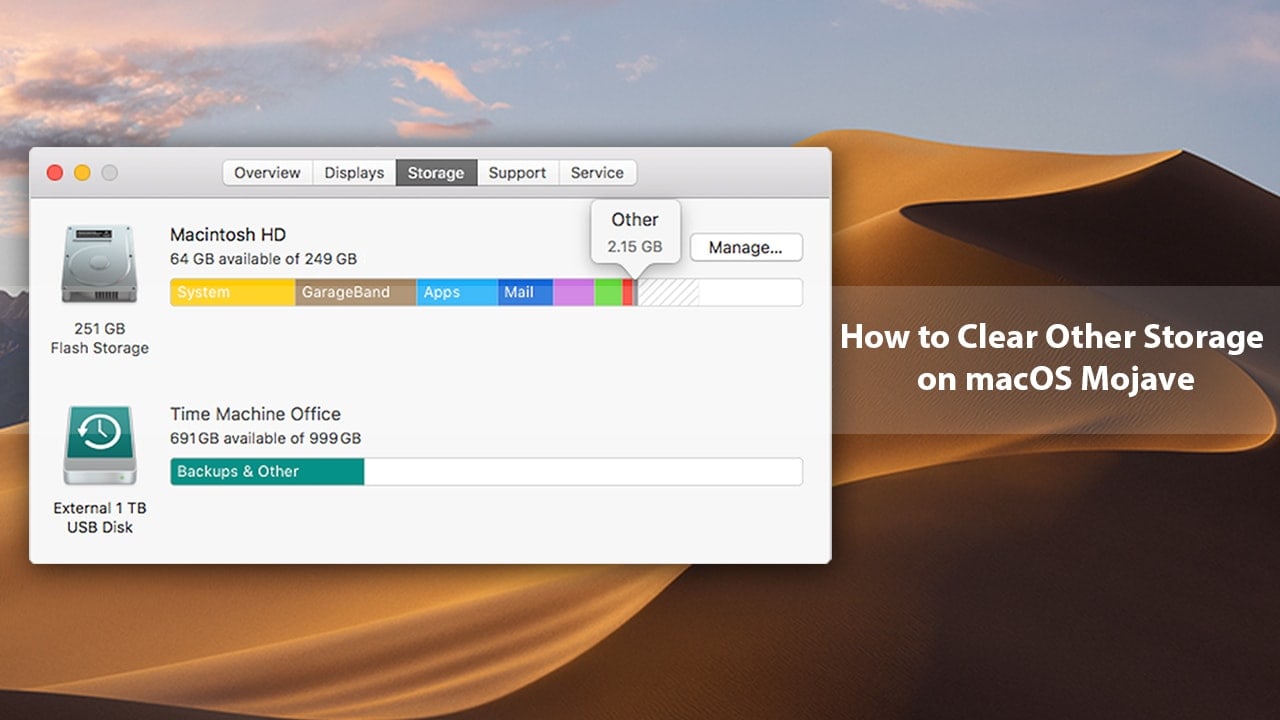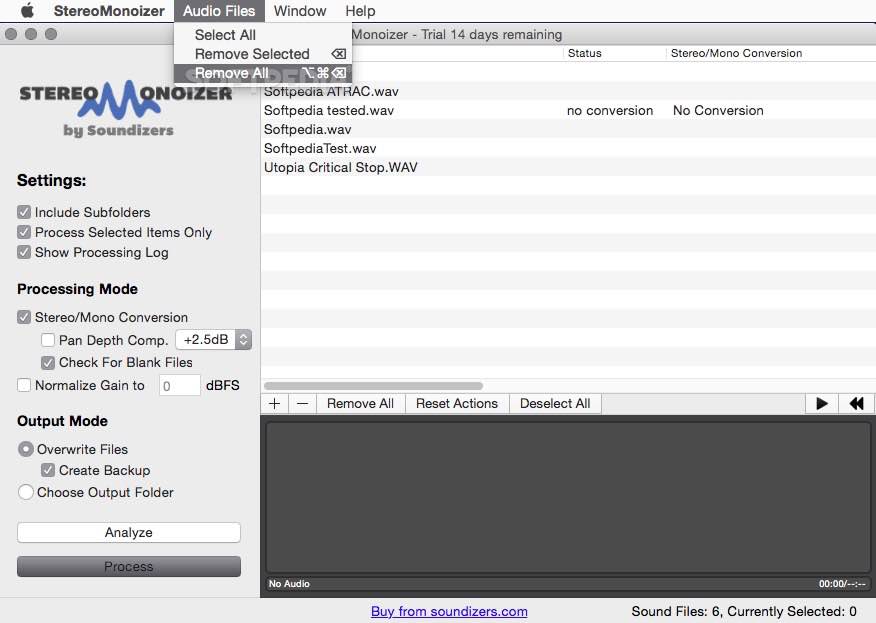Although Apple makes an effort to ensure that all of its pre-installed Mac apps are great, not every app is going to be your go-to utility on macOS. Take iMovie, Photos, or GarageBand as examples: the first is nice, easy-to-use software for editing videos; the second will help you manage photos; and GarageBand is a fantastic app for recording music.
Still, if you didn’t purchase your Mac for creating music or editing movies (or perhaps you prefer Final Cut Pro for that purpose), then chances are these great apps will just sit there on the computer untouched, and so it only makes sense to remove them.
Jul 08, 2016 I had the exact same problem, but after some searching on the internet and in my files I finally solved this issue. The problem was that I thought there was 1 Library folder with files associated to the Garageband section in the Storage Management, that's why I couldn't find certain folders other people suggested I should delete. Jan 02, 2014 The advantage to using AppCleaner is that it will typically remove the assorted files that come with iPhoto, iMovie, and Garageband, like the sample instruments and sound files, video tutorials, and other components stored around the Mac OS X file system. You can do this manually, AppCleaner just tends to make it easier. Aug 02, 2019 Here’s how to do it: Launch the Finder. Next, click on the Applications tab in the menu on the left side of the window. Find the GarageBand icon on the list and select it. Drag the icon over to Trash in the Docker menu. Alternatively, you can press the Command and Delete keys on your Mac’s keyboard.
Download CleanMyMac X from MacPaw’s website and clean up to 500MB of junk data from your computer while enjoying all the features of the software without major limitations.
There is a good reason for not keeping these apps, too, because if you have limited storage – let's say a 128GB flash drive – then uninstalling GarageBand will save you quite a lot of space, up to 1GB. Now, just imagine how many Photoshop files you could store in that free disk space!
Of course, you won't feel such a burden if your Mac comes with 1TB or more of storage, but add in iMovie and Photos to the pot and you'll find yourself freeing up to 5GB of space just by removing the pre-installed software.
There are two ways to remove any pre-installed app.
Uninstall GarageBand Manually
One of the features that makes macOS so user friendly is the ease of installing and removing apps. There are some gigantic applications that still require users to go through an installation process similar to the ones we see on PC, but that's not something Mac users will experience frequently. To uninstall GarageBand, follow the steps below:
- Launch Finder and click on the Applications folder.
- Select GarageBand and drag the item to the Trash, or press Command + Delete to send it to Trash.
- Enter the admin password if prompted to confirm the removal.
- Right-click on the Trash can and select “Empty Trash”.
The above steps should be enough to clear the way for other (more important) files, but versions prior to (OS X) macOS 10.9 Mavericks may require additional steps to get rid of any associated files…
- Launch Finder and select “Go to Folder” from the Go menu, or press the Command + Shift + G keys and type the following path in the prompt:
/Library/Application Support/GarageBand/
- Select and delete all files in that directory.
- Once again, empty the trash.
Uninstall GarageBand with Mac Optimization Software
Uninstallers such as AppCleaner and AppZapper are usually among the favorite app removal utilities. Unfortunately, their permissions seem to be limited to third party applications, which makes them useless for removing pre-installed apps under macOS Sierra and High Sierra. It is possible that earlier versions of macOS are more open with these apps, but in our testing AppCleaner didn't have enough permissions to remove GarageBand.
Mac optimizations apps such as CleanMyMac include an uninstaller feature, which fortunately does allow users to easily remove any unwanted apps, along with any associated files. To remove GarageBand and free up roughly 700MB of space (as seen in our testing, but it may differ on your machine) you should do the following:
- Launch CleanMyMac (or any other Mac optimization app).
- Click on the Uninstaller utility.
- Select GarageBand from the listed apps. This will automatically select binaries, preferences and supporting files.
- Click on the “Uninstall” button.
Let the utility run its course and in just a few seconds your Mac will have more free space than before.
Best Mac Optimization Software of 2020
| Rank | Company | Info | Visit |
| |||
| |||
|
Mar 18,2020 • Filed to: Solve Mac Problems • Proven solutions

Overview of GarageBand Files Recovery
GarageBand files are native to the Mac OS X operating system. They are a type of audio file that utilizes the AIFF file format. The GarageBand files are huge in size because they contain audio in its uncompressed form. Thus, the GarageBand files are harder to export via the Internet. It is much easier to transfer them from one storage device to another using USB flash drives.
Since the GarageBand files are so hefty in size, they are often deleted by Mac users for the purpose of freeing up space on their machines. Once deleted, it would become a difficult proposition for you to get back the GarageBand files. They contain the richest audio content you will find anywhere in the world. So, you would be losing out on high-quality audios, recordings, tracks and songs if you don’t try to recover the GarageBand files that you have deleted. This is the reason why you will have to invest in a Mac Music recovery tool in order to recover deleted GarageBand files.
Part 1: How to Recover Unsaved GarageBand Files on Mac
In some cases, you're able to recover unsaved GarageBand data in an inbuilt approach. It is the GarageBand AutoSave feature. The steps are as follows:
- Command-click the broken GarageBand Project and choose 'Show Package Contents'.
- In the next window, open 'Media folder' for your lost songs.
- Export the .aif files out of the package contents to a safe location.
- Import the copies of .aif files into a new GarageBand Project.
In this way, it is likely to recover unsaved GarageBand files. If it fails, please move on to the next section for a better files recovery solution.
Part 2: How to Recover Deleted GarageBand Files on Mac
If you have GarageBand files missing from your Mac, then you will have trouble in playing songs and audio content. Recovering these files isn’t that easy if you don’t have the proper Mac data recovery software available to you. Recoverit Data Recovery for Mac is the most suitable Mac file recovery tool that is available for a free download. Make sure that you have it on your Mac if you want to recover deleted GarageBand files.
The Video Guide to Recoverit Deleted Files Recovery for Mac
How Do You Recover Deleted GarageBand Songs, Audios, Tracks
This tutorial has been drafted to provide Recoverit Data Recovery users the chance to get to know how to recover deleted GarageBand files on Mac using this incredible Mac data recovery tool. It provides step-by-step instructions to them for this purpose.
Step 1 Select the GarageBand drive
To recover deleted files, you can select the hard drive where your GarageBand files located, and then click 'Start' to process.
Step 2 Scan for lost GarageBand files
Remove All Garageband Files Mac Pro
An all-around scan will be implemented on the selected hard drive to search for your deleted GarageBand files on Mac.
Step 3 Preview and recover GarageBand files
Once the scan ends, you can start to preview the photo files. Select the GarageBand files you need and hit on the 'Recover' button to get back lost files.
Part 3. Tips for Safe and Sound GarageBand Files
GarageBand files can get lost due to many causes, such as accidental deletion, GarageBand upgrade or crash, unintentional formatting of hard drive, malicious virus infecton and so on. So it is better and safer to use the GarageBand data much more carefully. If allowed in reality, you can keep a regular backup of the GarageBand files.
The GarageBand files are usually deleted by people in order to free up space on their Mac. However, you can choose to convert them into compressed file formats as well like MP3 or AAC. This will make the size of the audio file much smaller. Consequently, it will diminish the sound quality but you will be able to at least listen to the audio. Apple products like iPad and iPhone are capable of running GarageBand files with consummate ease.
Finally, once you find the GarageBand files lost, seek Recoverit Data Recovery for help promptly. It is clear that the deleted files recovery is by far the best solution for Mac GarageBand data recovery. It can help you to recover deleted GarageBand files in a relatively short period of time and in the most comprehensive manner possible.

What's Wrong with Mac
Remove All Garageband Files Mac Torrent
- Recover Your Mac
- Fix Your Mac
- Delete Your Mac
- Learn Mac Hacks